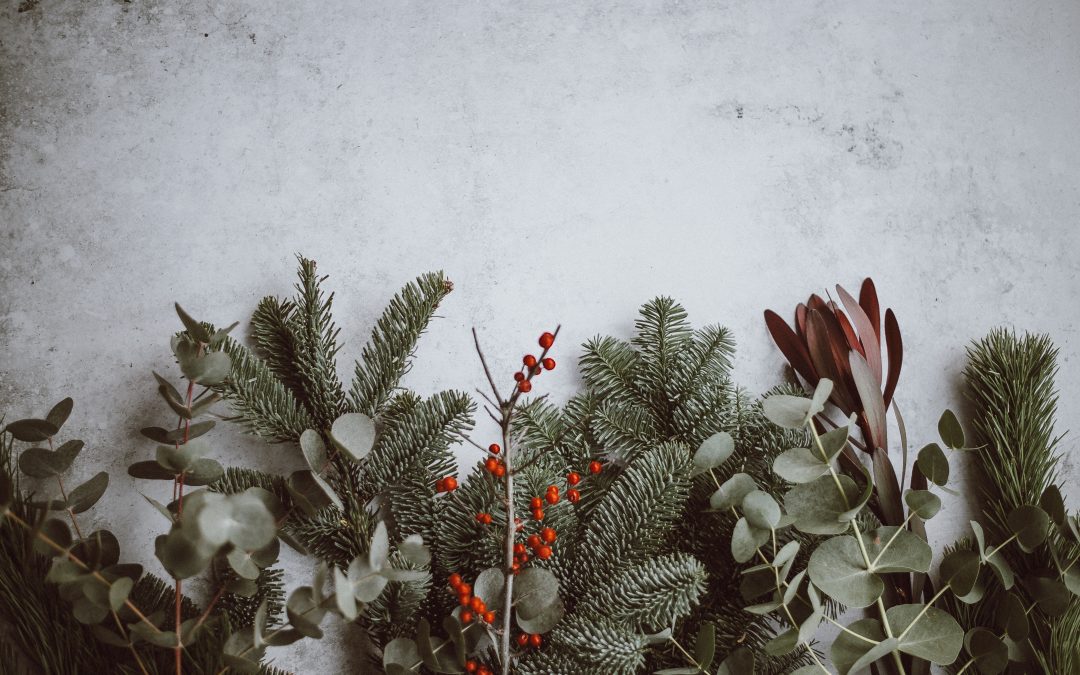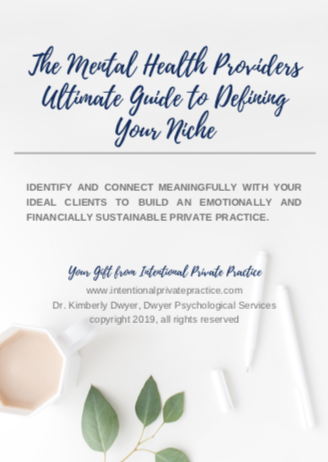4 days to go. 4. More. Days. Anyone else waving the white flag of surrender, feeling exhausted and overwhelmed by the holiday season? I’m not sure what is in the air this year, but I am beat… and it’s not just me. My kids, my partner, my tribe, my coworkers… every one I talk to is over it and just looking forward to getting past the holidays. I blame an early Thanksgiving and an aggressive black Friday marketing campaign which threw us into the season of “holiday cheer” a week earlier than usual, leaving a lot of us feeling like we’ve been behind the eight ball from the outset. Add to that the growing academic pressures for those of us with teens who just made it through final exams, exhausted and stressed, and the work world pressures of wrapping up the year in order to (hopefully) spend a little more time at home over the next week. Phew!
I totally love to declutter. Getting rid of what no longer serves leaves my house feeling airy, my mind feeling organized, and my work spaces ready for just that–work–as opposed to distraction. I’m actually looking forward to a bunch of decluttering projects while I’m home a bit from the office this next week (I know, it’s a particular kind of sickness, but I embrace it). How about decluttering the holiday? We have no problem (well, some of us) packing up the clothes and housewares that don’t fit or are no longer used and dropping them off for charity. Could you do this with the holiday decorations and traditions that no longer serve you? In Marie Kondo terms, can you get rid of what no longer “sparks joy”?
Growing up, we always had a heavy cream-based shellfish soup for dinner on Christmas eve. I love that soup. It’s homemade and full of cream–decadent but still “soup” so it fits the bill for an evening meal and a fast from meat. The first several years of adulting, I religiously made this soup. Then came my kids. They really HATE this soup. Then came health concerns. Eating what amounts to straight cream doesn’t quite fit the bill of healthy living. The soup is no longer on my Christmas eve menu.
And guess what?
Christmas still comes the next day. We all survive. Santa doesn’t mind if we eat something different for dinner.
Traditions are a great way to pull family together and to mark the phases of our lives with some structure and consistency. They give us things to look forward, while comforting the anxiety centers of our brain by bringing known structure to the festivities. We can move into the routine of the tradition, with emotions fueled not just by present experience but enrichened by our mental scrapbooks of past experience. We connect within our family and our community by bringing new members into these traditions. This is what our cortex–that wrinkly outer section of our brain–is designed for: social connection. Traditions take on a much bigger importance because, from a socio-biological standpoint, they ARE important in linking us to the people around us. That doesn’t mean you have to be a slave to them.
Take a look at your holiday events. What fills you up, brings you connection, and excites you about spending time with your friends or family? By all means, you should do those things. Red letter them on your calendar, move mountains to make sure they occur. Stay in the moment during those traditions and let them fill you up on these dark winter days.
You probably also have some holiday traditions that don’t spark joy, in fact, some may spark dread. Not exactly what most of us have in mind for “the most wonderful time of the year.” Guess what? You shouldn’t do those things. This may be a trickier feat than doing the things you love. You may have others around you who love those traditions (or maybe they don’t love them but feel they must continue to participate in them). You may need to have preemptive conversations with those closest to you and involved in those traditions. Share from the heart about why you do not want to participate in the tradition anymore, but emphasize why you DO want to stay connected all year and especially during the holidays. Who knows… if you handle this with grace and set boundaries around your time with loving kindness, you may inspire others to take better care of themselves, as well.
This year, my “chop” list included the indoor decorations except the tree and dining room table centerpiece (granted there are a few things here and there and stockings by the fireplace, but also bins of decorations that typically are put out but were eliminated this year). My house feels fresher, I’m not dealing with a month’s worth of dust on knick knacks, and, honestly, no one has missed those items. Next up will be to actually get rid of them, but for now I’m content with just displaying the items that really bring myself and my family joy. We’re also ditching a commitment to some of the traditional holiday foods, and starting some new traditions around the foods our family loves. We ditched the giant cookie and cocktail party we’ve had in years past, and had a more intimate dinner party with just a few close friends, allowing for richer and more meaningful conversation and connection.
You’ve still got some time before you step into a fresh new year. Don’t let the rest of 2018 spiral out of control. Take a good, clear look at your calendar, your gifting, your menu, and your events, and reflect on what brings you joy and what brings dread. Bow out of the dread-events with grace and kindness. Revel in the joy-events and let them light a flame in your heart to brighten even these darkest days. And while it’s fresh on your mind, make a list of the joy-traditions and the dread-traditions, put them on an index card, and clip them on to the November 2019 page of your planner. Your future-self will thank you.
Whatever you celebrate or wherever your travels may take you, may you and those you love feel the peace and joy of the season!



I love this, Kim. Definitely a great reminder. Being stressed and overwhelmed during the holidays is a CHOICE! I also held fast to some old traditions that I loved as a child (eggnog!)–until I realized that my kids weren’t drinking it, *we* weren’t drinking it…I was making it out a feeling of obligation.
Merry Christmas and a happy, decluttered 2019!!!!
I Iove this, Kim. The past couple years I’ve had to change a few things around the holidays after loss and have to say that I felt guilt about doing so with and push back from extended family. I’m learning to take care of myself better and not people- please as much so this article helps to open my eyes even more. It’s okay to do what feels best. Simplicity is key for me no matter how much I allow myself to screw that up with clutter!
Thank you! ?